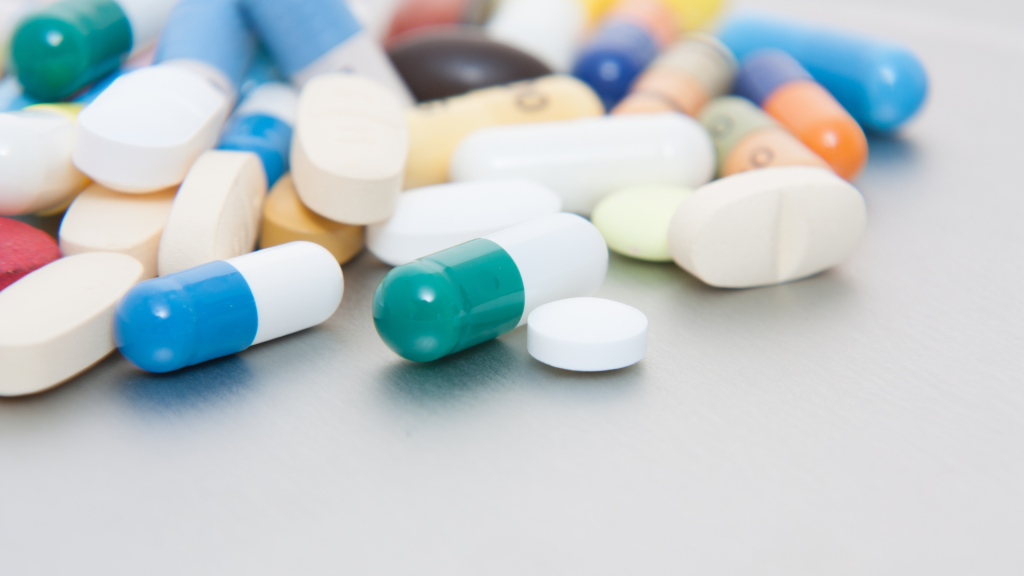Water treatment for the Pharmaceutical sector
Overview
Water treatment is a crucial sector within the pharmaceutical sector, focused on ensuring the purity and safety of water used in various stages of drug manufacturing. This process involves the removal of contaminants and impurities from water to meet stringent regulatory standards set by authorities such asthe European Medicines Agency (EMA), and other global health agencies. Water quality directly impacts the safety, efficacy, and stability of pharmaceutical products, making it essential to employ advanced water treatment technologies and maintain rigorous quality control. The pharmaceutical industry uses different grades of water, including Purified Water (PW), Water for Injection (WFI), and Ultra-Pure Water (UPW), each with specific quality requirements.

Application
Water is used in a variety of applications, including but not limited to:
- Drug Formulation: Water acts as a solvent in the production of liquid formulations, ensuring the active pharmaceutical ingredients (APIs) are evenly distributed.
- Sterilisation Processes: Water is used in steam sterilizers (autoclaves) to sterilize equipment, containers, and instruments.
- Cleaning and Rinsing: Purified water is essential for cleaning and rinsing equipment and containers to prevent contamination.
- Analytical Testing: High-purity water is required for analytical procedures to ensure the accuracy and reliability of test results.
- Production of Active Pharmaceutical Ingredients (APIs): Water of high purity is crucial during the synthesis of APIs to prevent any impurities from affecting the chemical reactions.
Technologies
Water treatment in the pharmaceutical sector employs a range of advanced technologies to meet the required purity standards. Key technologies include:
- Reverse Osmosis (RO): This process uses a semipermeable membrane to remove ions, molecules, and larger particles from water, effectively reducing contaminants.
- Ultrafiltration (UF): UF membranes filter out bacteria, viruses, and colloids, ensuring microbial purity.
- Deionisation (DI): This process removes ions from water by exchanging them with hydrogen and hydroxide ions, producing deionised water.
- Distillation: This involves boiling water and then condensing the steam to produce high-purity distilled water, commonly used for Water for Injection (WFI).
- Ultraviolet (UV) Disinfection: UV light is used to inactivate microorganisms by disrupting their DNA, providing an additional layer of microbial control.
- Ozonation: Ozone is used for its strong oxidizing properties to disinfect water and reduce organic contaminants.
In need of expert advise?
Don't hesitate to ask a question

- Derwent House, 42-46 Waterloo Road, Wolverhampton, WV1 4XB
- Tel: 01902-458-501
- Email: info@membracon.co.uk
Follow Us
Join our online community to see the latest news around Membracon and our sustainable solutions .
Our Products
- Anode Cells for Electrocoating
- Ultrafiltration Membrane System
- RO Membranes and Systems
- UV Bacterial Control
- Effluent Treatment
- Liquid Filtration Solutions
- Process Tank Integrity Check
- Rectifier
